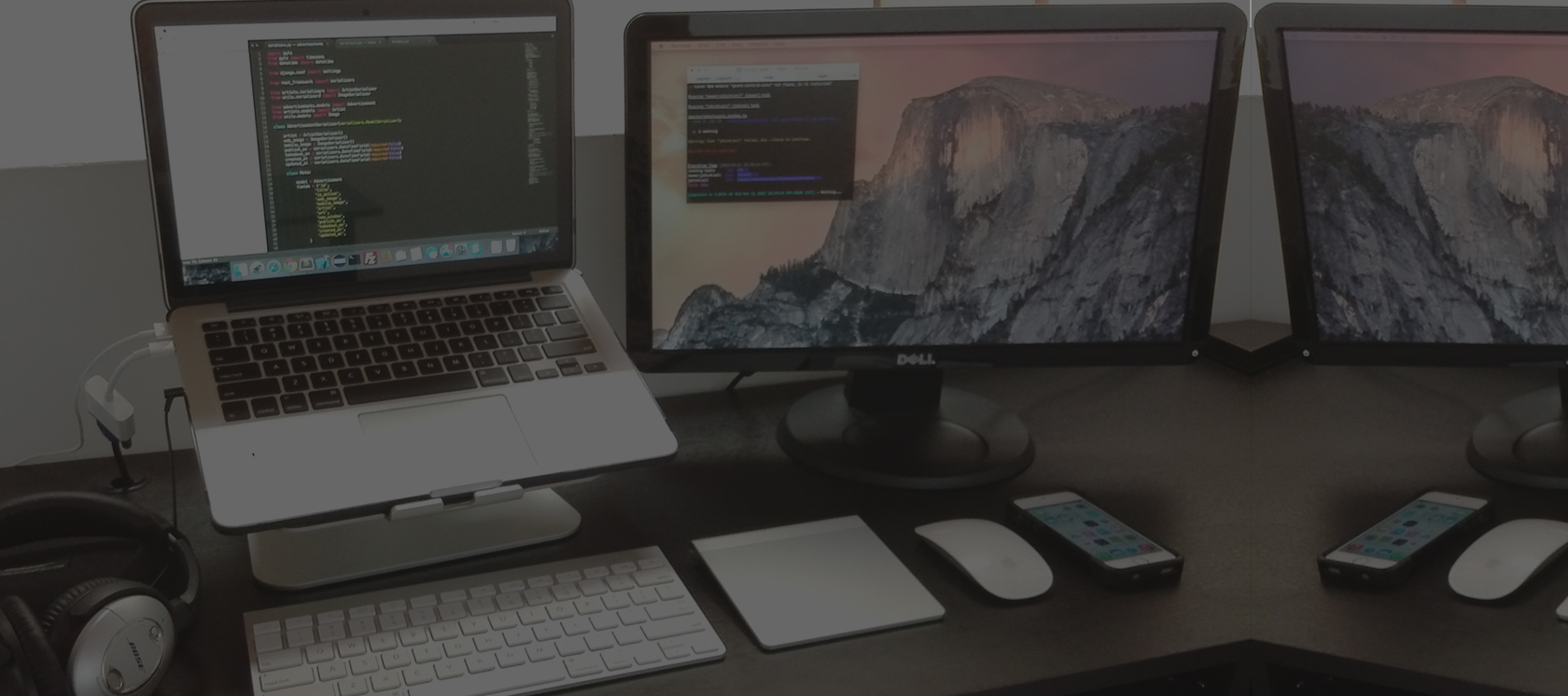Right now, Google and its army of Chrome Books are winning the Hardware games in schools. Its market shares hover around 20 percent, thanks in large part to its Educational Softwares Platforms and the availability of cheap Hardware. That hasn’t stopped the competition from trying to catch up, however. Last year, Microsoft boosted its initiative with cheaper laptops, a student-specific version of windows, and a push toward Mixed Reality in classrooms. Now, it’s Apple’s turn to crank up the volume on its educational efforts.
Apple’s recent event held in March at Chicago revolves around the iPad latest versions. The tablet has a 9.7-inch Retina display that features a higher-resolution touch sensor to enable support for Apple Pencil, previously only compatible with iPad Pro. It has an A10 Fusion processor, a 10-hour battery display, and the typical suite of cameras. The big news, however, is its $299 price tag (for students, that is—the rest of us pay $329). The device is now the cheapest iPad in the lineup that’s compatible with the Apple Pencil stylus. Apple said that the device was designed for powerful AR apps.
The new iPad has an A10 Fusion chip with 64-bit desktop-class architecture, providing 40 percent faster CPU and 50 percent faster graphics performance when compared to the previous generation 9.7-inch iPad. Apple said that both front and rear cameras provide HD video recording for everything from document scanning to FaceTime calls.
ALL ABOUT THE PENCIL
Apple gave a shout out to peripheral Company Logitech, that’s making a $99 keyboard case for the new iPad, as well as a $49 Crayon stylus meant to offer a cheaper alternative to the $99 Pencil (schools get a $10 discount, for a total cost of $89). Apple Pencil provides a “fluid and natural” drawing experience with sensors that measure pressure and tilt so that users can take notes or illustrate in various apps. The versatile Apple Pencil is the best tool to reach for when you need pixel perfect precision. Use it to jot down notes, paint a watercolor, or mark up an email. Whatever you need to do, Apple Pencil is easy to use but impossible to put down.
APPLE iPad FOR EDUCATION
The upgraded processor inside the new iPad helps it churn during multi-tasking. All-in, that gives the iPad a retail spend of about $450 before tax, and without taking into consideration the negotiations that typically go on when a school buys a giant stack of devices. Compared to the roughly $200-$250 prices of many popular Chromebooks, it’s still a fairly hefty premium.
The internal storage options remain the same as iPads that came before, but educational users now get 200 GB of iCloud storage instead of the normal 5 GB.
BEYOND THE NEW iPad
In addition to the hardware, the company also announced updates to its education-based platform and software. Schoolwork is a teacher-oriented app that lets educators assign work, assign material (in PDF or interactive forms), and monitor student progress.
The Classroom app, which teachers already use to monitor student activities, will now run on Mac computers as well as iPads, which makes it easier for educators to check up on kids and make sure they’re doing what they’re supposed to, especially during tests.
APPLE iPad AUGMENTED REALITY
Apple clearly sees augmented reality playing a considerable role in the future of education, especially when you can do stuff like dissect a digital frog. Still, this is the kind of thing Microsoft has been pushing with its mixed reality tech for more than a year.
In US, 32GB iPad with Wi-Fi is priced at $329 and $459 for the Wi-Fi + Cellular model, and Apple Pencil can be purchased separately for $99. Schools will be able to buy iPad for $299 and Apple Pencil for $89. The new iPad is available to order beginning and will arrive in stores in more than 25 countries, listed below:
Australia, Austria, Belgium, Canada, China, Czech Republic, Denmark, Finland, France, Germany, Hong Kong, Hungary, Ireland, Italy, Japan, Luxembourg, Netherlands, New Zealand, Norway, Poland, Portugal, Singapore, Spain, Sweden, Switzerland, UAE, the UK, the US, India, Russia, Thailand, and Turkey. More countries and regions will follow in April, with South Korea and others coming in May.






